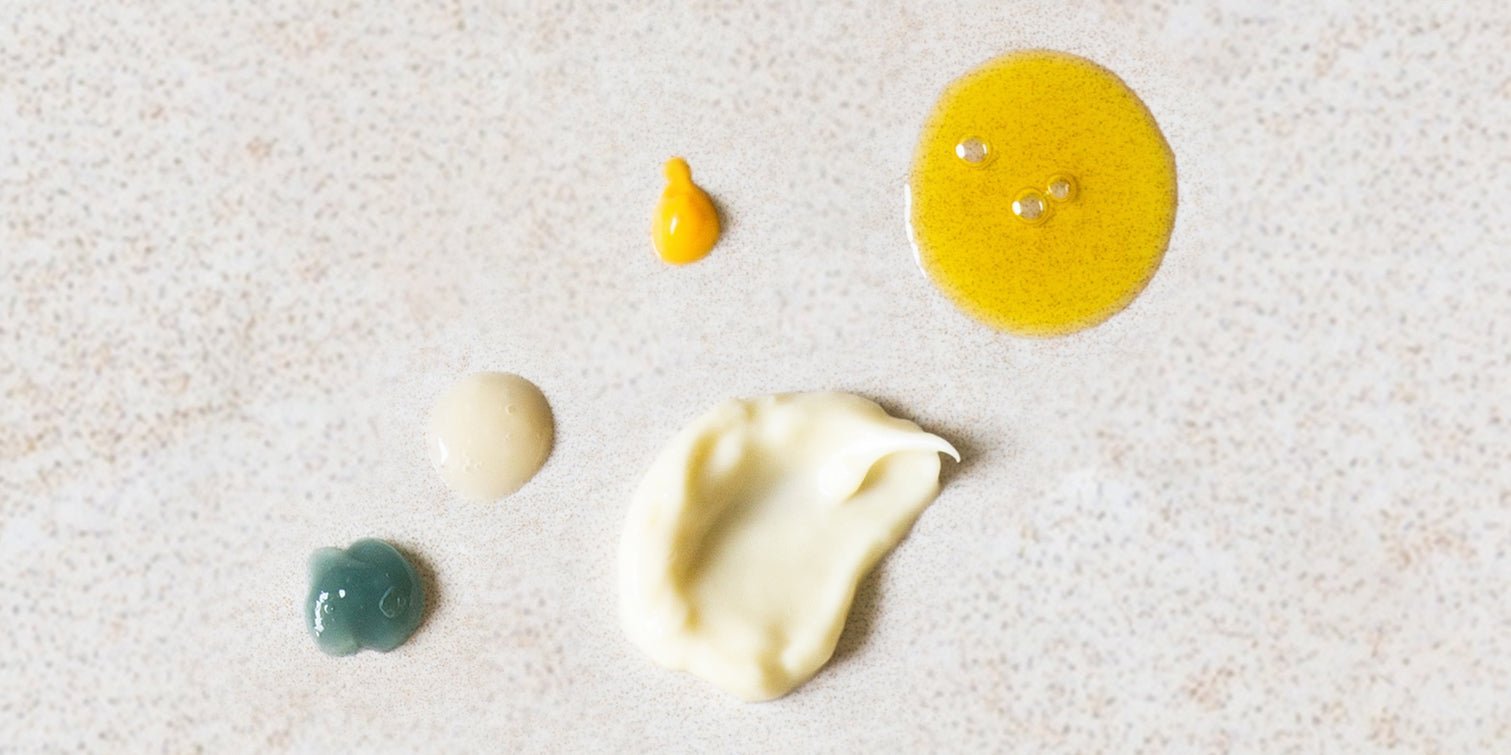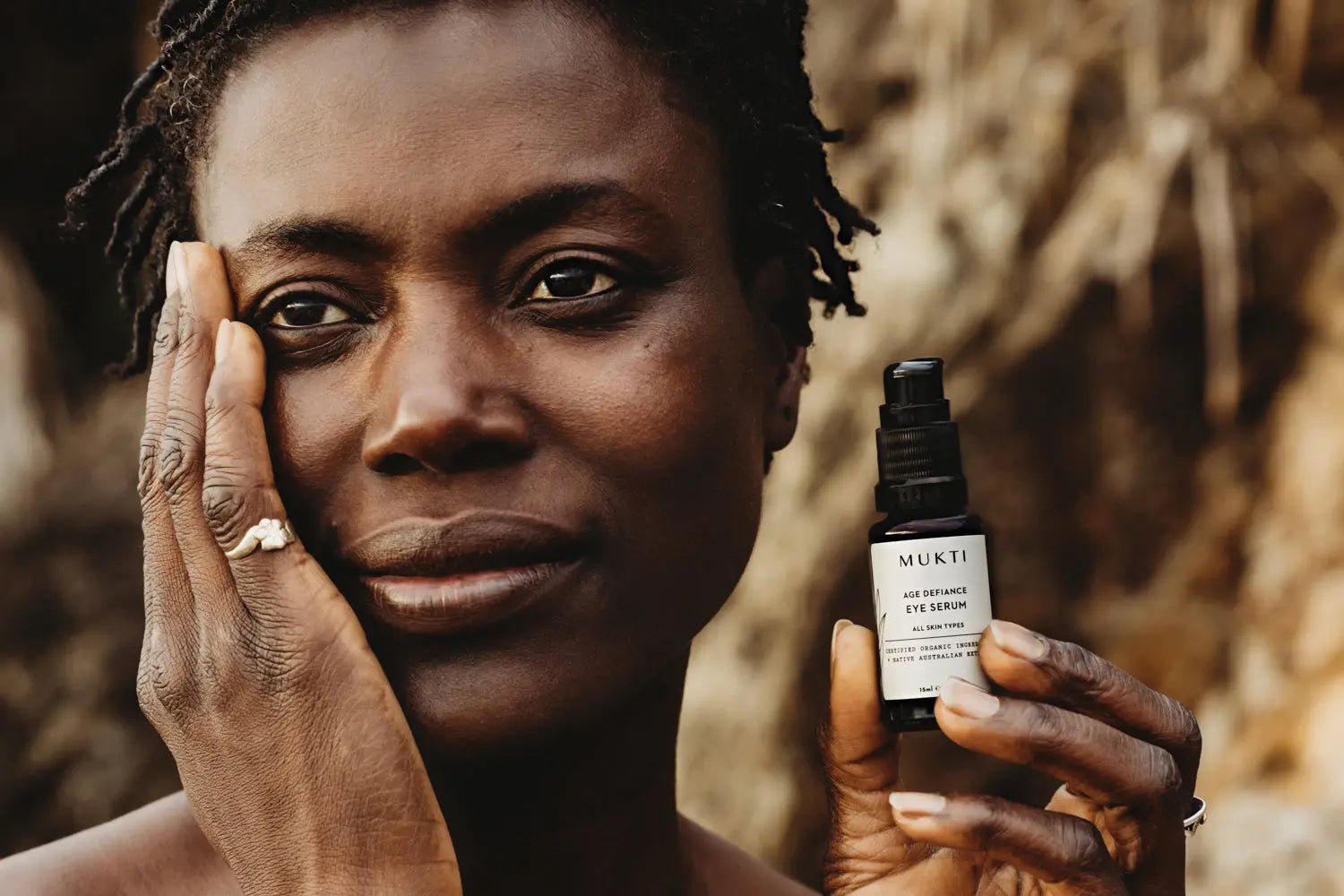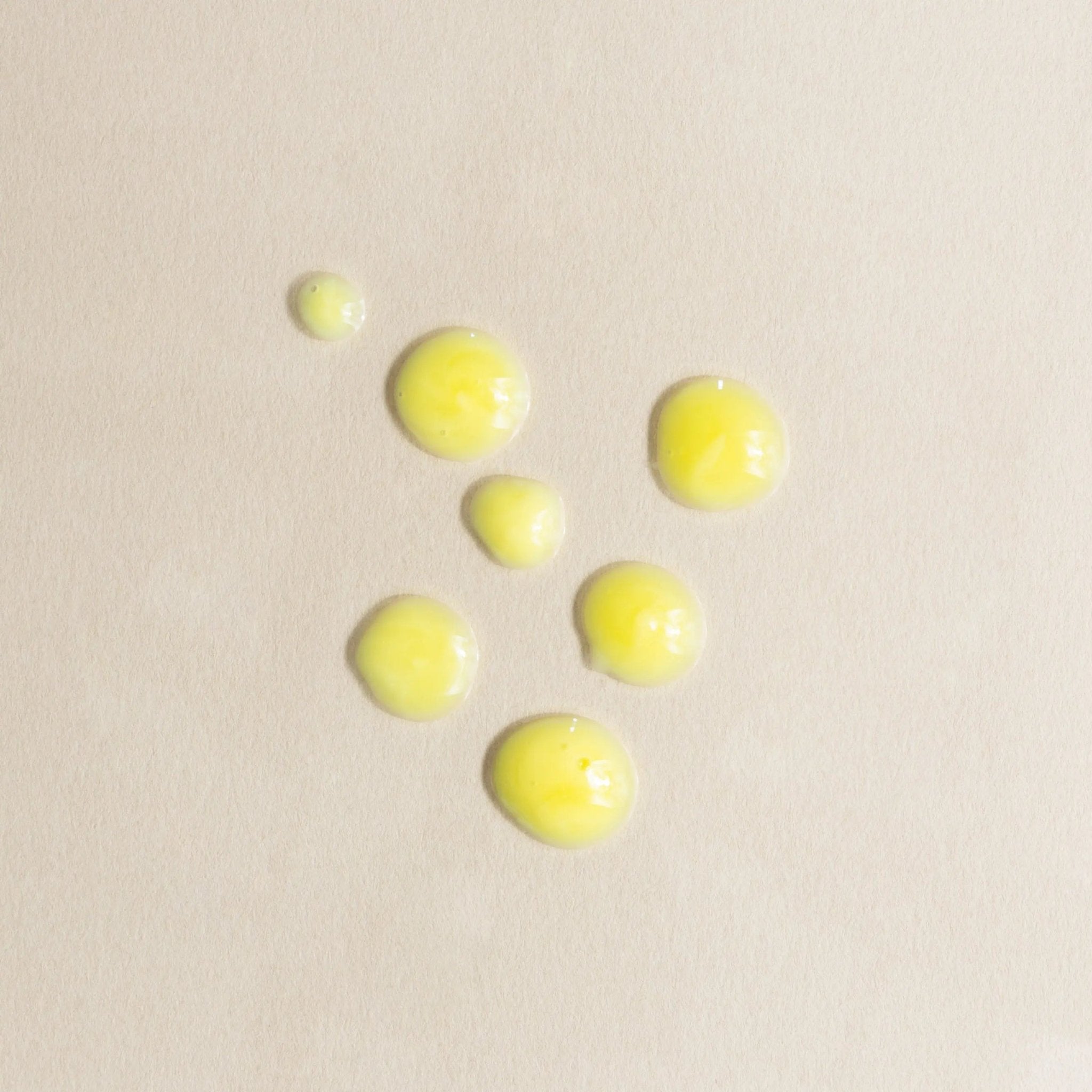
What's the Difference Between Serums, Elixirs, Oils, and Moisturisers?
Bamboozled and confused by what sort of hydration you should be using on your skin?
You’re not alone.
It’s estimated that over a whopping 7 billion toxins accumulate from within the skin, impairing its ability to maintain radiance and rejuvenate itself. Your skin needs protection from external influences, too – pollution, toxins, free radicals and the weather – as well as help to counteract the effects of ageing.
The combination of an oil, elixir, serum and moisturiser is ideal. These products are designed to work in conjunction with each other, providing maximum hydration and protection for the skin. We'll help you to understand what they are, as well as what order to apply them in (we're often asked, "moisturiser or oil first").
Serums, Elixirs, Oils vs. Moisturisers. What's The Difference?
The primary difference is that serums, elixirs and oils are able to penetrate the skin on a deeper level, whereas a moisturiser locks in hydration and protects the surface of the skin, enhancing the overall effects and benefits of the oil or serum.
The basic premise is that the layering effect of elixir, oil and moisturiser will ultimately assist with balancing and hydrating the skin. There aren't any hard and fast rules about when or in what order to apply them. Rather, it's a matter of trialling what works best for you and your skin. It can also be dependent on climate and other extrinsic conditions.
1. SERUMS AND ELIXIRS
They’re formulated with smaller molecules that are able to penetrate further into the skin, making them extremely effective.

The beauty of a serum or elixir is that most of the fluid is eliminated, so what you're left with is a high concentration of active ingredients. They’re the worker bees of any skincare line. Because the active ingredients are more expensive than water and thickeners, serums and elixirs are also the most expensive products.
How to use elixirs or serums:
After cleansing, toning and applying a light oil, a serum or elixir should be applied over the entire face, neck and décolletage. Gently press on with the fingertips. It’s best to allow it to penetrate for a few minutes prior to applying a moisturiser.
Because both serum and elixir are super potent products, more is not always better. Be careful before piling it on. Powerful ingredients can irritate sensitive skin. Always patch-test accordingly.
One of the primary skincare concerns we hear regularly from our clients is the desire for an even complexion and skin tone, which our Age Defiance Night Serum targets.
Another concern is loss of volume and elasticity, which our Age Defiance Day Serum counteracts.
Our soon to be released Vital C Elixir counteracts the effects of sun damage and also protects the skin from IR and UV radiation.
The skin around the eyes is very fine and delicate and has no oil glands. It’s the first place where you’ll notice ageing, so it requires specialised ingredients. Our Age Defiance Eye Serum is designed to target fine lines, puffiness and dark circles.
When to use elixirs or serums:
This will vary depending on the product. As a rule, Vitamin A should only be used at night as it increases your skin's sensitivity to UV.
Discover our range of serums and elixirs here.
2. OILS
An oil is an oil and technically not a serum or elixir. Confusingly, it's become a misnomer in the skincare industry to call an oil a serum.
A face oil adds hydration and nutrition. It should consist of a blend or synergy of potent and active oils high in essential fatty acids or omegas, otherwise known as EFA’s. Because our bodies don’t manufacture EFA’s, we need to apply them both topically and we also need to ingest them. EFA’s also contain vitamins and minerals that feed and nurture the skin.

Oils have a natural affinity with our skin's cutaneous lipids. They work down to the base of the epidermis, which allows them to be rapidly absorbed. Facial oils may also consist of essential oils that work together to functionally to create optimal results.
Essential oils alone can contain hundreds of different molecules. The benefit of the inclusion of essential oils in a formula is that they work on a physiological and psychological level. They can calm, uplift and/or sedate the body, mind and senses.
Only two to three drops of an oil are needed. Oils can sometimes invoke fear of breakout for those with oily skin, but the opposite is true. They actually assist with balancing the skin. The most wonderful thing about oils is that they penetrate quickly and don’t contain heavier waxes and emulsifiers that can sit on top of the skin and clog pores.
If you have oily skin, a bi-weekly application assists with keeping those deeper layers of skin hydrated and plump.
If you suffer from eczema or rosacea, you may benefit greatly from a gentle face oil layered with a moisturiser to help strengthen and protect the external layer, as well.
How to apply face oils:
After trialling various layering techniques, I recommend using an oil after cleansing and applying to damp skin that has been lightly spritzed. This assists with penetration, as the skin requires both water and oil. I then follow with a serum and a moisturiser.
The main thing to remember with layering is to allow each layer to penetrate before applying the next. I like to apply oil at night and also during the day when I’m in colder climates. You only need a few drops and it’s best to press gently onto the face, neck and décolletage with the fingertips.
I don’t advocate heavy night creams, as the skin is rebalancing and detoxifying when we’re asleep. Try our Antioxidant Facial Oil Omega 3-6-9.
3. MOISTURISERS

Moisturisers are a combination of oil and water. They’ll contain some sort of wax, emulsifier or both to bind them and create stability. Because of this, the molecular structure is larger, so they only penetrate the upper layers of the skin, which seals and locks in moisture and nutrients.
In winter months, it’s best to incorporate extra hydration, as the skin is exposed to extremes in temperature and has to constantly adapt from cold to warm environments.
How to apply moisturisers:
After cleansing and applying a toner, oil and serum or elixir, the final layer is the moisturiser. Gently glide the product across your forehead, cheeks, chin, and give yourself a massage, pressing it into your skin. Bring the product down onto your neck, and the area of skin below your collarbone, even down to your chest.
Acne prone – try our Aloe Vera Moisturiser and Restorative Moisturiser.
Dry – try our Hydrating Moisturiser and Marigold Hydrating Crème.
Protection – try our Daily Moisturiser with Sunscreen.
Discover our full range of moisturisers.




Leave a comment
This site is protected by hCaptcha and the hCaptcha Privacy Policy and Terms of Service apply.